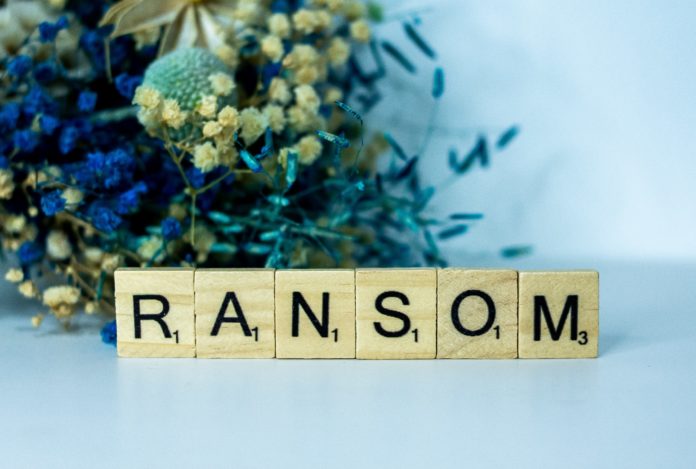

Cyberattacks are commonplace in the United States and around the world. Thousands of data breaches happen annually and affect millions of people. One of the most ruthless cyberattacks is a ransomware attack. These cyber invasions affect all industries worldwide, and companies question whether their computer systems can withstand such an invasion.
What Is a Ransomware Attack?
Ransomware is a cyberattack that uses malware – software created to infiltrate a computer system and damage or disrupt it. A ransomware attack occurs when somebody hacks a person’s or company’s computer system and demands a ransom payment in return. If the victim does not pay the ransom, they could see their data damaged or erased permanently.
Ransomware attacks are about as old as the internet itself. One of the first known instances took place in 1989. An AIDS researcher named Joseph Popp put malware on floppy discs and handed them out to over 20,000 people at a conference. These people arrived from over 90 countries worldwide. The malware demanded over $500 from each person who inserted the floppy disk.
What Companies Have Suffered These Attacks?
Ransomware attacks have become commonplace in today’s digital age and cost a lot of money. In 2019, this type of cyberattack cost companies about $7.5 billion. Some infamous examples of ransomware attacks over the years include:
- WannaCry: This ransomware attack occurred in May 2017 and had devastating effects worldwide. Hackers took advantage of people using the Microsoft Windows operating system. Some people did not update their computers when a security patch was released a couple of months prior, making themselves more vulnerable. The United Kingdom’s National Health Service, Renault, FedEx, and the Bank of China were just some of the affected The hackers demanded $600 in Bitcoin as payment.
- CryptoLocker: Another cryptocurrency attack took place in 2013 at the hands of a piece of ransomware called CryptoLocker. These attacks affected people in the United States and the United Kingdom Most attacks took place through email and instructed users to click on a zipped file. The attachment contained malware in the form of software called Gameover Zeus. This program locked the user’s computer and demanded a ransom to retrieve the files. CryptoLocker affected over 200,000 people in three months. The FBI had stopped CryptoLocker by the summer of 2014.
- Phoenix Locker: In March 2021, CNA Financial – a Chicago-based corporation – suffered a ransomware attack by a group called Phoenix and malware called Phoenix Locker. The hackers breached over 75,000 people’s personal identification details, including their Social Security numbers. CNA Financial relented and gave the hackers about $40 million to regain control of the computer systems.
How Can a Company Protect Itself?
Cyberattacks happen every day to many companies. Conservative estimates show ransomware attacks occur about once every 11 seconds. Most of them are unsuccessful, but the ones that slip through can cost a business thousands or millions of dollars. Here are some of the ways companies can protect themselves from ransomware attacks:
- Update software: One of the best defenses against ransomware is regularly updating software, especially antivirus software installed on the computer. One of the root causes of the WannaCry attacks was computers without updated Windows security.
- Educating employees: Security on the computer starts with the employees. Companies can teach their workers best practices for cybersecurity, such as not clicking suspicious links on emails. Avoiding phishing scams can be the best way to prevent a ransomware attack.
- Administrator privileges: Some ransomware attacks require users to install software onto their computers. From there, the malware will lock the computer and demand monetary payment. One way to safeguard computers is only allowing administrators to install new software. An IT administrator can help an office determine what is safe.
Ransomware Attacks in the Modern Day
Ransomware attacks have been around for decades. Since the first one happened in 1989, they’ve only gotten worse and more sophisticated.
Ransomware attacks have been an unfortunate consequence of the pandemic, too. Since 2020, cyberattacks have increased by 50%.
Companies can try to protect themselves by enhancing security, regularly updating systems, and educating their employees. As technology advances, ransomware becomes more sophisticated and more challenging to stop.
















